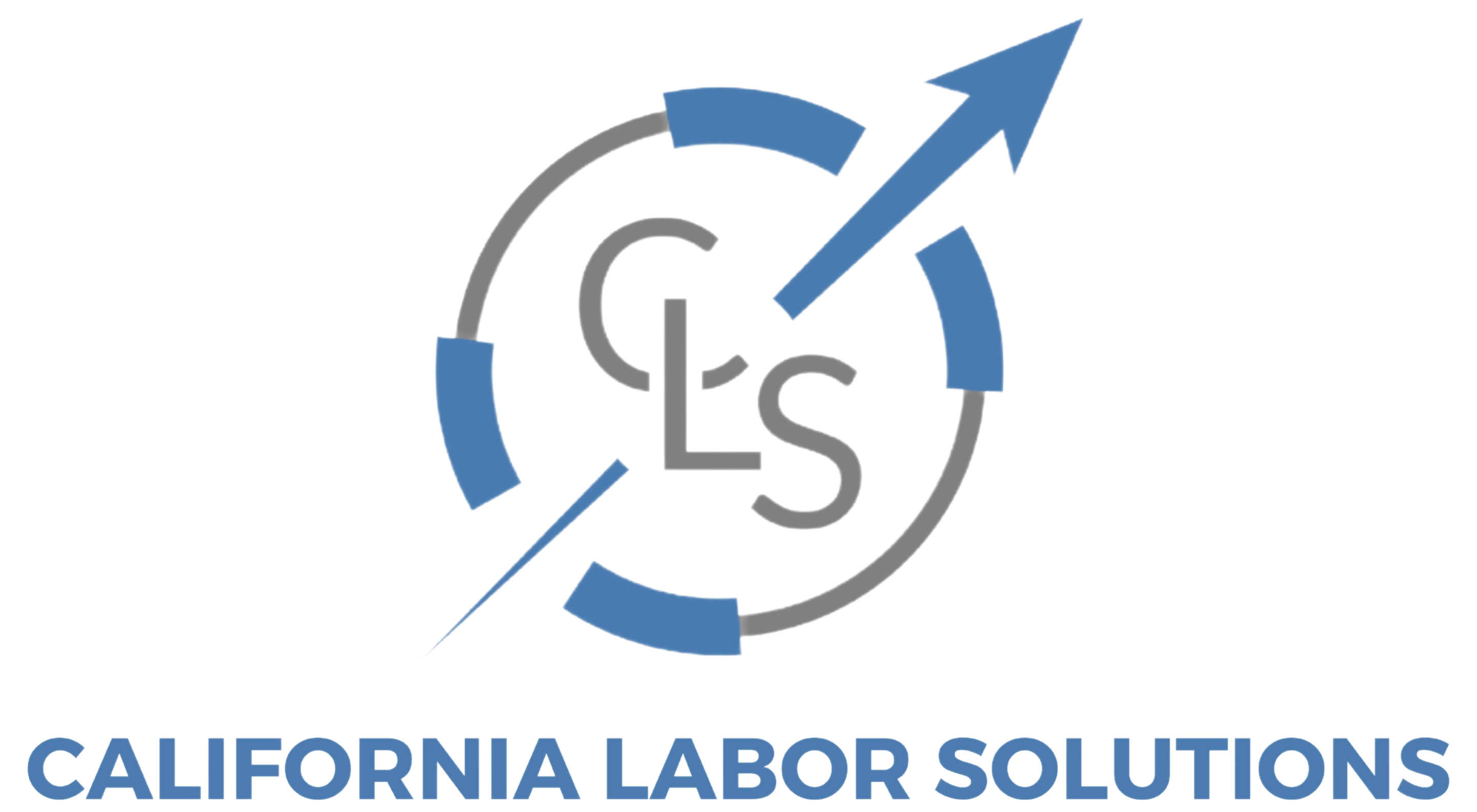California Anti-Harassment Training Requirements: What Employers Must Know
Employers in California must comply with strict California anti-harassment training requirements to ensure a safe and legally compliant workplace. State laws mandate that companies provide harassment prevention training to employees at all levels to prevent workplace discrimination, harassment, and retaliation. Failing to meet these legal obligations can result in financial penalties, employee lawsuits, and reputational damage.
Understanding the California anti-harassment training requirements helps businesses implement effective training programs that protect employees and reduce liability. This guide outlines the key legal requirements, best practices, and steps employers must take to comply with state laws.
Who Must Comply with California Anti-Harassment Training Requirements?
Under California Senate Bill 1343 (SB 1343) and Assembly Bill 1825 (AB 1825), most employers are required to provide anti-harassment training. These laws apply to:
- All employers with five or more employees, including temporary and seasonal workers
- Supervisors and non-supervisory employees, who must complete harassment training at different intervals
- Contractors and third-party businesses working with California employers, depending on their agreements
Regardless of business size, employers should ensure that training meets the legal requirements and covers all necessary topics.
California’s Anti-Harassment Training Requirements by Employee Type
To comply with California anti-harassment training requirements, businesses must provide training that meets specific guidelines based on employee roles.
1. Supervisor Training Requirements
Supervisors and managers are required to complete:
- At least two hours of interactive sexual harassment prevention training
- Training every two years to stay compliant
- Education on preventing retaliation, abusive conduct, and harassment
2. Non-Supervisory Employee Training Requirements
Non-supervisory employees must complete:
- At least one hour of harassment prevention training
- Training every two years, similar to supervisors
- Information on discrimination, harassment, and reporting procedures
Employers should track training completion dates to ensure all employees stay compliant with state regulations.
What Must Be Included in Anti-Harassment Training?
California law mandates that harassment prevention training includes the following topics:
- Definition and examples of sexual harassment in the workplace
- Employer and employee responsibilities in preventing harassment
- How to report workplace harassment and discrimination
- Protections against retaliation for employees who file complaints
- Interactive training elements, such as quizzes, role-playing, or scenario discussions
Training should be engaging and informative to ensure employees understand their rights and obligations.
Methods for Providing Anti-Harassment Training
Employers can meet California anti-harassment training requirements through various formats. The most effective options include:
- Online interactive training that tracks employee progress and completion
- In-person training sessions led by qualified HR professionals or attorneys
- Virtual workshops that allow for real-time discussions and Q&A sessions
Regardless of the method used, businesses must document training completion and maintain records for at least two years.
Common Mistakes Employers Make with Anti-Harassment Training
Even well-intentioned employers may make errors when implementing harassment prevention training. Some common mistakes include:
- Failing to provide training on time – Employers who miss the required training deadlines risk legal penalties.
- Providing non-compliant training materials – All training must meet state-mandated content requirements.
- Not documenting training completion – Employers should maintain accurate records to prove compliance.
- Overlooking temporary and seasonal employees – Short-term workers must also receive proper training.
Employers who avoid these mistakes can protect their businesses from legal issues while fostering a respectful workplace.
How to Ensure Compliance with California Anti-Harassment Training Requirements
Businesses can take several proactive steps to ensure compliance with California anti-harassment training requirements and create a safer workplace.
1. Establish a Clear Training Policy
Employers should create a written harassment prevention training policy that outlines:
- Training schedules and deadlines
- Supervisor and employee training requirements
- Consequences for non-compliance
2. Use State-Approved Training Programs
California’s Department of Fair Employment and Housing (DFEH) provides state-approved training materials. Employers should ensure their training programs align with these resources.
3. Track and Maintain Training Records
Businesses must document training completion dates and maintain records for at least two years. This ensures proof of compliance in case of audits or employee complaints.
4. Update Training to Reflect Legal Changes
California labor laws change frequently. Employers should regularly review and update training content to reflect the latest legal requirements.
5. Encourage a Harassment-Free Workplace Culture
Training alone is not enough. Employers must actively enforce anti-harassment policies, provide multiple reporting options for employees, and foster a culture of respect and accountability.
California Labor Solutions: Expert Compliance Support
At California Labor Solutions, we help businesses comply with California anti-harassment training requirements by providing:
- Customizable online and in-person harassment training
- Training record management to ensure compliance tracking
- Legal guidance on anti-harassment policies and workplace investigations
For expert guidance on workplace compliance, visit www.californialaborsolutions.com today.

